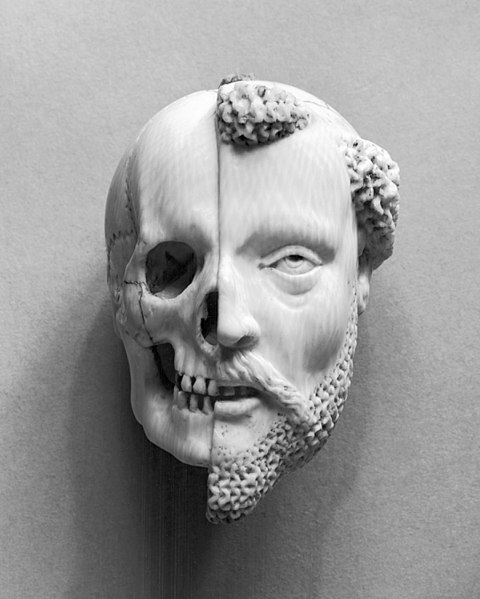Resurrection or anastasis is the concept of coming back to life after death. In a number of religions, a dying-and-rising god is a deity which dies and is resurrected. Reincarnation is a similar process hypothesized by other religions, which involves the same person or deity coming back to another body. Disappearance of a body is another similar, but distinct, belief in some religions.
The Resurrection, painting by Andrea Mantegna, 1457–1459
A depiction of a Phoenix, a figure of revival
Plaque depicting saints rising from the dead
The Resurrection of Lazarus, painting by Leon Bonnat, France, 1857
Death is the irreversible cessation of all biological functions that sustain a living organism. The remains of a former organism normally begin to decompose shortly after death. Death eventually and inevitably occurs in all organisms. Some organisms, such as Turritopsis dohrnii, are biologically immortal, however they can still die from means other than aging. Death is generally applied to whole organisms; the equivalent for individual components of an organism, such as cells or tissues, is necrosis. Something that is not considered an organism, such as a virus, can be physically destroyed but is not said to die, as a virus is not considered alive in the first place.
The human skull is used universally as a symbol of death.
A flower, a skull, and an hourglass stand for life, death, and time in this 17th-century painting by Philippe de Champaigne.
French – 16th-/17th-century ivory pendant, Monk and Death, recalling mortality and the certainty of death (Walters Art Museum)
The Premature Burial, Antoine Wiertz's painting of a man buried alive, 1854








